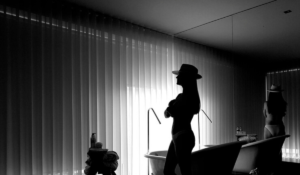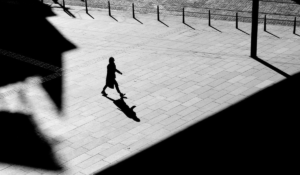Mastering Backgrounds in Photography: Creating White, Black, and Gradient Backgrounds

The introduction:
An image’s visual impact is greatly influenced by its background. For captivating and professional-looking photos, mastering background techniques is crucial for portraits, product photos, and still life compositions. The purpose of this article is to explain how to create white, black, and gradient backgrounds in photographs, covering techniques, challenges, and creative possibilities.
The importance of proper background lighting:

Understanding background lighting techniques is one of the fundamentals of achieving clean and balanced images. Post-processing efforts are minimized when the background is properly illuminated and the subject stands out effectively. The key to achieving professional results is to achieve even illumination regardless of the background color.
Background types:
Different projects and client preferences may require different background styles. A solid white background conveys a clean, minimalist aesthetic, while a black background adds drama and sophistication. A gradient background adds visual interest to a composition by transitioning smoothly between colors and tones.
White backgrounds present the following challenges:

Due to issues such as overexposure, uneven lighting, and color casts, creating a seamless white background can be challenging. A professional-looking result depends on consistent illumination without overexposing the background while maintaining proper exposure on the subject.
The following techniques can be used for white backgrounds:
Light sources such as umbrellas or softboxes can evenly illuminate the backdrop to achieve a seamless white background. By positioning the lights at appropriate angles and using modifiers to control the spread of light, you can avoid direct light spill on the subject.
Black backgrounds pose a number of challenges:

In order to avoid reflections and maintain subject separation, black backgrounds require precise lighting control. To achieve deep blacks and dramatic contrast, light spill must be controlled and unwanted bounce should be prevented.
Here are some techniques for working with black backgrounds:
You can block light spill with black flags or styrofoam boards. Ensure maximum contrast and minimal bounce by using grids and flags to control light direction and spread.
Gradient backgrounds can be created in the following ways:

The smooth transition between colors or tones of gradient backgrounds allows for creative possibilities. Compositions can be enhanced with hard reflectors, diffusers, and color gels.
The gradient from color to black looks like this:

Light sources should be positioned at appropriate angles to create smooth color transitions into darkness. Play with the placement of lights and modifiers to achieve the desired effect, ensuring a gradual transition from color to black.
The gradient from color to white is as follows:

It can be difficult to create gradients that transition from color to white. If you are looking for optimal results, consider setting up white and colored light sources separately. For smooth transitions without harsh transitions, experiment with different lighting configurations and modifiers.
The Art of Lighting Setups:
Having a variety of lighting setups on hand is essential for catering to a variety of client needs and projects. Photographers can save time on post-processing by understanding the principles of light and shadow and deliver high-quality images with minimal adjustments by understanding these principles.
The conclusion and additional resources are as follows:
Creating professional-looking photographs requires mastering background techniques. The key to achieving desired results when working with white, black, or gradient backgrounds is proper lighting and precise control. Adding gradient maps to Photoshop can provide additional creative opportunities for further exploration.



